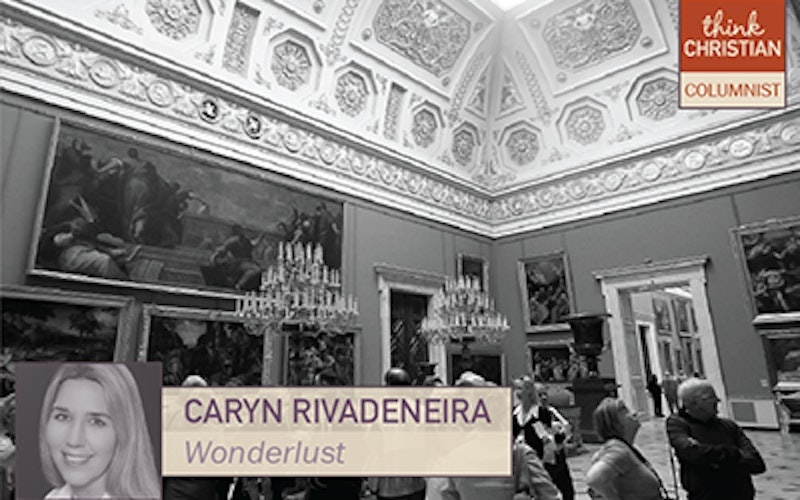
Culture At Large
How art museums can be holy
When I was in fifth grade, a field trip to the Art Institute of Chicago changed my life - or, my faith. It was the first time I sensed a building - outside of a church - as holy. Though I’ve never progressed beyond my first-grade ability to draw or paint or create any sort of visual art, the Art Institute has continued to be a place that arouses a sense of God’s nearness.
Perhaps it had something to do with the grandeur of the space. Certainly it had something to do with being surrounded by centuries’ worth of wondrous examples of image-bearing creativity. Definitively it had to do with being drawn into works that speak a mystical language, that communicate through brush-strokes or film or clay and yet speak from the artist’s heart to the viewer’s.
But I’ve long suspected I was missing something else, some key factor as to why art museums felt like holy spaces to me. A recent article in the New York Times helped pin it down.
Brian Kisida, Jay P. Greene and Daniel H. Bowen wrote about research they conducted into the long-held view that art - viewing art in a museum, specifically - makes students perform better. After groups were chosen via lottery to visit a local art museum, the researchers discovered that the students who visited the museum “demonstrated stronger critical thinking skills, displayed higher levels of social tolerance, exhibited greater historical empathy and developed a taste for art museums and cultural institutions.”
While they couldn’t prove why or how this was so, the researchers believe it’s because “visiting an art museum exposes students to a diversity of ideas that challenge them with different perspectives on the human condition.”
I’ve long suspected I was missing something else, some key factor as to why art museums felt like holy spaces to me.
While certainly being exposed to new and vast ideas and being challenged with various “perspectives on the human condition” sharpens our cognitive skills, increases our empathy and opens our minds to learning, these also heighten our ability to recognize the holy.
If these researchers are right, then visiting an art museum (or, for that matter, a library - another high and holy place in my book) gives an experience not that far off from reading, say, the Bible or praying or gathering each week in worship. All of which in some way are practices that serve to sharpen minds, soften hearts and help us understand the human condition.
Of course, these practices have a blatant spiritual component – not to mention that the Bible is the inspired Word of God, which paintings are not - yet being challenged with different perspectives on the human condition is what God is all about. It’s what the Bible - the story of God and His people - is all about. It’s what church is all about and it’s what prayer (or fasting or giving or any other discipline) is all about. God Himself is the different perspective on the human condition. One we are called to remember this Advent season. The human perspective of the human condition is thus: every person on earth has different struggles, every one of us hurts in some way, everyone one of us is needy, desperate in some area. But God’s perspective of the human condition is that everyone needs compassion and grace, everyone needs our understanding and forbearance. And that everyone can reach out and grab hold of the hope that Jesus offers.
Art museums may not preach this explicitly. But for those of us who enter with eyes and hearts open, this bit of holy is there.
Topics: Culture At Large, Arts & Leisure, Art